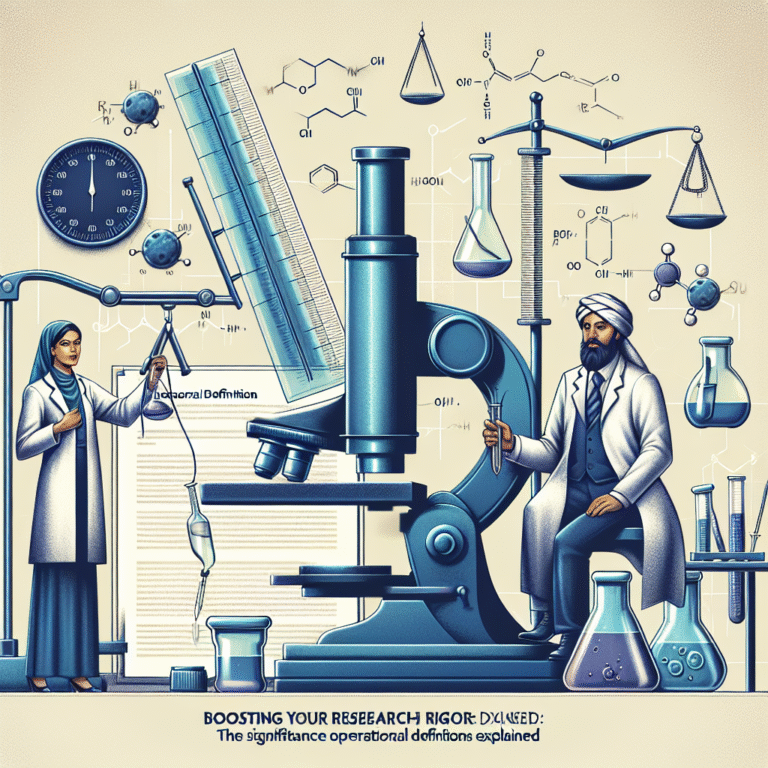In today’s fast-paced world, the landscape of business, healthcare, education, and virtually every sector is constantly evolving. As professionals grapple with complex challenges, the quest for effective solutions becomes paramount. This is where the case study method emerges as an essential tool, offering invaluable insights into practical problem-solving. In this article, we’ll explore Navigating Real-World Challenges: Why the Case Study Method Matters, examining its significance, real-world applications, and how it equips individuals and organizations with the strategies needed to thrive.
Introduction
Have you ever found yourself in a situation where theoretical knowledge just didn’t translate into practical application? You’re not alone. Many of us have stared blankly at textbooks, wondering how to use that information to tackle genuine challenges. The case study method bridges this gap by presenting real-world examples that illuminate the complexities of decision-making. It provides a robust framework for exploring not only successful outcomes but also failures, allowing us to learn comprehensively from different dimensions.
So, why does the case study method matter in navigating real-world challenges? It’s because it equips us with the analytical tools necessary to dissect complex problems, evaluate multiple solutions, and ultimately optimize outcomes. Let’s dive deeper into this transformative approach.
Understanding the Case Study Method
Definition and Historical Context
A case study is a detailed analysis of a person, group, event, or situation, employed to illustrate a theoretical point. This method has roots in law and business education, but its application has expanded across disciplines. By presenting real-life scenarios, case studies illuminate theory in action, demonstrating how principles align with real-world situations.
The Relevance of Case Studies Today
In an era defined by rapid change and emerging challenges, understanding specific cases can shape better outcomes. Whether in healthcare, business strategy, or social policies, the ability to analyze past solutions equips professionals with the foresight needed to navigate future obstacles.
Key Benefits of the Case Study Method
- Practical Relevance: Case studies spotlight relevant issues faced by real people and organizations, making theory relatable and actionable.
- Diverse Perspectives: They encourage multiple viewpoints, enhancing critical thinking and problem-solving skills.
- Promotes Engagement: Individual and group engagement with case study analysis fosters deeper learning.
Case Studies in Action
1. The Coca-Cola Company: Crisis Management
Overview
In 1999, Coca-Cola faced a significant crisis when thousands of customers in Europe claimed to have fallen ill after consuming its products. This incident serves as a valuable case study in crisis management.
Analysis
Coca-Cola’s response involved immediate transparency, collaborating with health authorities and taking measures to ensure product safety. This case illustrates how navigating real-world challenges often requires strategic decision-making under pressure. Their ability to pivot and rebuild trust serves as a powerful lesson in effective communication and leadership.
| Challenge | Approach | Outcome |
|---|---|---|
| Customer Illness Claims | Transparency and collaboration | Rebuilt brand trust and safety |
2. Netflix: Innovation and Adaptation
Overview
Netflix’s transition from DVD rentals to streaming services highlights the importance of innovation in navigating market shifts.
Analysis
By studying Netflix’s response to changing consumer habits, we can learn about agility in business strategies. The company used data analytics to assess viewership trends, driving their content strategy and personalizing user experiences.
| Strategy | Implementation | Result |
|---|---|---|
| Adapt business model | Invest in streaming technology | Undisputed market leadership |
3. The NHS and Telemedicine: A Response to COVID-19
Overview
The COVID-19 pandemic forced healthcare systems worldwide to adapt rapidly, with the NHS in the UK leading the way in telemedicine.
Analysis
The swift adoption of telehealth services demonstrates how healthcare can effectively pivot to meet urgent needs. This case study not only showcases the utilization of technology but emphasizes the importance of responding to social crises efficiently.
| Response | Technology Utilized | Impact |
|---|---|---|
| Rapid telehealth adoption | Video conferencing and apps | Maintained patient care continuity |
The Process of Conducting a Case Study
Step 1: Defining the Problem
Clearly outline the challenge to ensure focus. For instance, if analyzing a company, identify market shifts or consumer behaviors needing attention.
Step 2: Identifying Relevant Cases
Choose various cases that address the problem from distinctive angles. Select cases that complement one another, enhancing understanding through diversity in approaches.
Step 3: Data Collection
Gather qualitative and quantitative data. This could include interviews, surveys, financial reports, and market analysis.
Step 4: Analysis
Examine the data to identify patterns, correlations, and lessons. Comparing different cases allows for a multifaceted understanding of the issues at hand.
Step 5: Reporting Findings
Communicate insights in a coherent structure, providing actionable recommendations based on comprehensive analyses.
Case Studies in Education: Bridging Theory and Practice
The Role of Case Studies in Academic Curricula
Educational institutions increasingly rely on the case study method to facilitate deeper learning. By integrating real-world problems into the classroom, students are better prepared to confront their careers’ challenges.
Enhancing Critical Thinking Skills
Engaging with case studies prompts students to debate, problem-solve, and think critically—skills essential for navigating complex environments.
Example: Harvard Business School
Harvard pioneered the case study method in business education. Through detailed analyses, students engage with real-world scenarios, enhancing their readiness for leadership challenges.
Challenges When Using Case Studies
While the case study method is powerful, it’s not without its challenges:
1. Data Limitations
Availability of comprehensive data can be a hindrance, potentially leading to incomplete analyses.
2. Subjectivity
Interpretation can vary, and personal biases may color the conclusions drawn from case studies.
3. Generalizability
Findings from specific cases may not always be applicable to different contexts.
Navigating Real-World Challenges: Actionable Insights
As we explore Navigating Real-World Challenges: Why the Case Study Method Matters, it’s clear that case studies provide a structured approach to understanding complexities. Here are actionable insights to apply the method effectively:
- Embrace Diverse Perspectives: Whether in team settings or study groups, encourage varying viewpoints to enrich analyses.
- Leverage Technology: Utilize tools and platforms that allow for comprehensive data collection and collaboration.
- Reflect and Adapt: After analyzing a case, reflect on your findings and consider how they apply to your context—be it personal or professional.
Conclusion
Navigating real-world challenges is no small feat, yet the case study method offers a proven pathway to understanding and overcoming these obstacles. By applying its principles, we can cultivate a mindset of perpetual learning and adaptability, crucial in today’s dynamic environment.
As we conclude, remember that every challenge can be an opportunity for growth. With the insights gained from case studies, you can turn obstacles into stepping stones, paving the way for success in your endeavors.
FAQs
1. What is a case study?
A case study is an in-depth analysis of a person, group, event, or phenomenon that illustrates a theoretical point through real-world application.
2. Why are case studies important in education?
They provide practical applications of theories, fostering deeper understanding and critical thinking among students.
3. Can case studies be used in healthcare?
Yes, case studies are essential in healthcare for understanding patient outcomes, treatment effectiveness, and system responses.
4. How can organizations implement case studies effectively?
Organizations can conduct case studies by clearly defining challenges, gathering data, and analyzing results to inform decision-making.
5. What are the limitations of case studies?
Limitations include data availability, subjectivity in interpretation, and questions of generalizability across different contexts.
By embracing the case study method, you are equipped to tackle the complexities of the world, making informed decisions that contribute to better outcomes both personally and professionally. In navigating real-world challenges, the insights gained through this approach are not just valuable—they are essential.


















